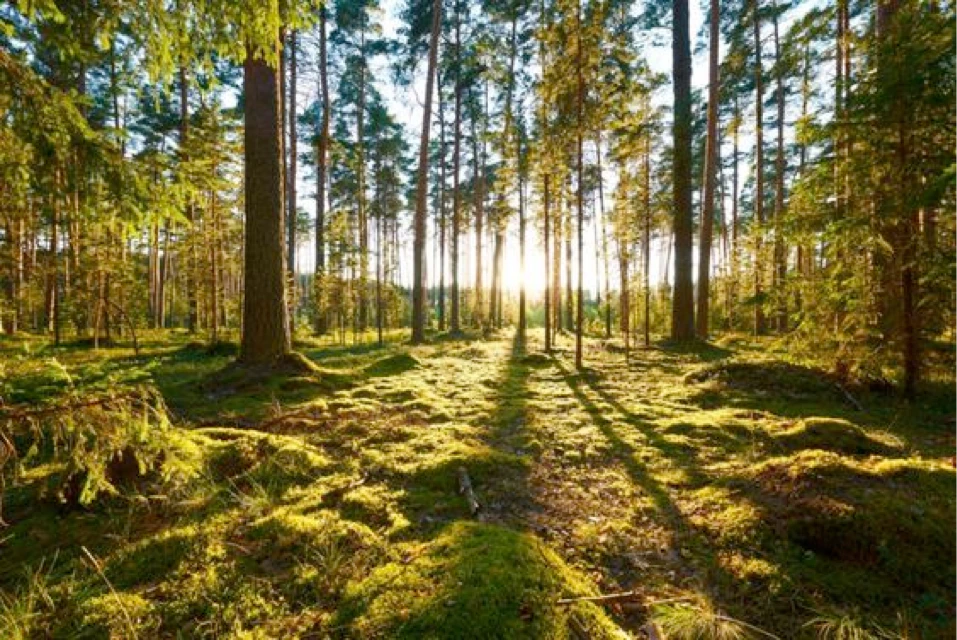Measuring, Reporting, and Verification of Forest Restoration
3.1 Measurement, Reporting, and Verification (MRV)

The SUPERB MRV‑BES framework establishes baseline and reference‑stand surveys across multiple biodiversity and ecosystem‑service indicators (e.g., vegetation diversity, soil carbon, eDNA, bioacoustics, LiDAR), applies rigorous QA/QC and open‑data standards (Darwin‑Core, INSPIRE), and uses transparent reporting tools like the Recovery Wheel to communicate progress against internationally aligned MRV objectives for adaptive restoration management.
Measurement, Reporting, and Verification (MRV) is a structured approach designed to track progress, ensure accountability, and assess the impacts of interventions, and the basis for reporting in the UN-REDD+ programme. More recently as governments and managers seek to address benefits of forest conservation beyond the carbon that can be stored within forests, the features relevant to MRV reporting have expanded to include multiple biodiversity and ecosystem services (BES) indicators. Within forest restoration, MRV frameworks help stakeholders determine whether planned activities are delivering measurable ecological benefits over time, evaluate outcomes against reference conditions, and identify necessary adjustments in management. Effective MRV begins with baseline data collection, performed before any restoration activity commences. Baseline surveys establish initial conditions of degraded, restoring, and fully restored reference ecosystems, providing critical reference points to assess ecological improvements attributable to restoration actions.
In the SUPERB project's MRV-BES system, the workflow proceeds systematically. Clear ecological objectives are agreed upon, ensuring they are explicit, measurable, achievable, and time-bound. Following this, a targeted set of powerful yet practical ecological indicators were selected, typically encompassing vegetation diversity, soil carbon and microbial communities, environmental DNA (eDNA), bioacoustic monitoring, and remote sensing methods like LiDAR and multispectral imaging. To accurately detect ecological changes resulting from restoration, the project established a monitoring framework at stands of different ages or stages of restoration to define the Reference model trajectory. Like baseline surveys, monitoring from reference stands helps optimise sampling efficiency for future restoration projects, ensuring sufficient statistical power to detect progress while avoiding excess costs. Data collection combines professional surveys with citizen science approaches, affordable sensors, and freely available satellite imagery (e.g., Copernicus), and open-source script-based tools are made available to quantify uncertainty and compare outcomes against established benchmarks (counterfactual and reference condition models). Data collected as part of the SUPERB project were subject to rigorous quality assurance and quality control procedures, and were stored in centralised database adhering to standards such as Darwin-Core and INSPIRE, with persistent identifiers and Creative Commons licensing to facilitate transparency and data reuse.
3.2.1 Reporting and communication
Reporting and communication are central to MRV-BES. Findings are summarised and visualised using accessible tools, notably the Society for Ecological Restoration’s "Recovery Wheel," enabling stakeholders such as landowners, policymakers, investors, and local communities to interpret ecological progress intuitively. Such visualisations support adaptive management, allowing prompt intervention when ecological indicators deviate from anticipated trajectories.
Aligned with international guidelines such as those established by REDD+ and the Paris Agreement (international MRV standards), the MRV-BES approach emphasises transparency and accountability. This structured MRV process systematically evaluates ecological integrity, habitat quality, and ecosystem resilience, turning ambitious restoration goals into demonstrable biodiversity and ecosystem service outcomes.

